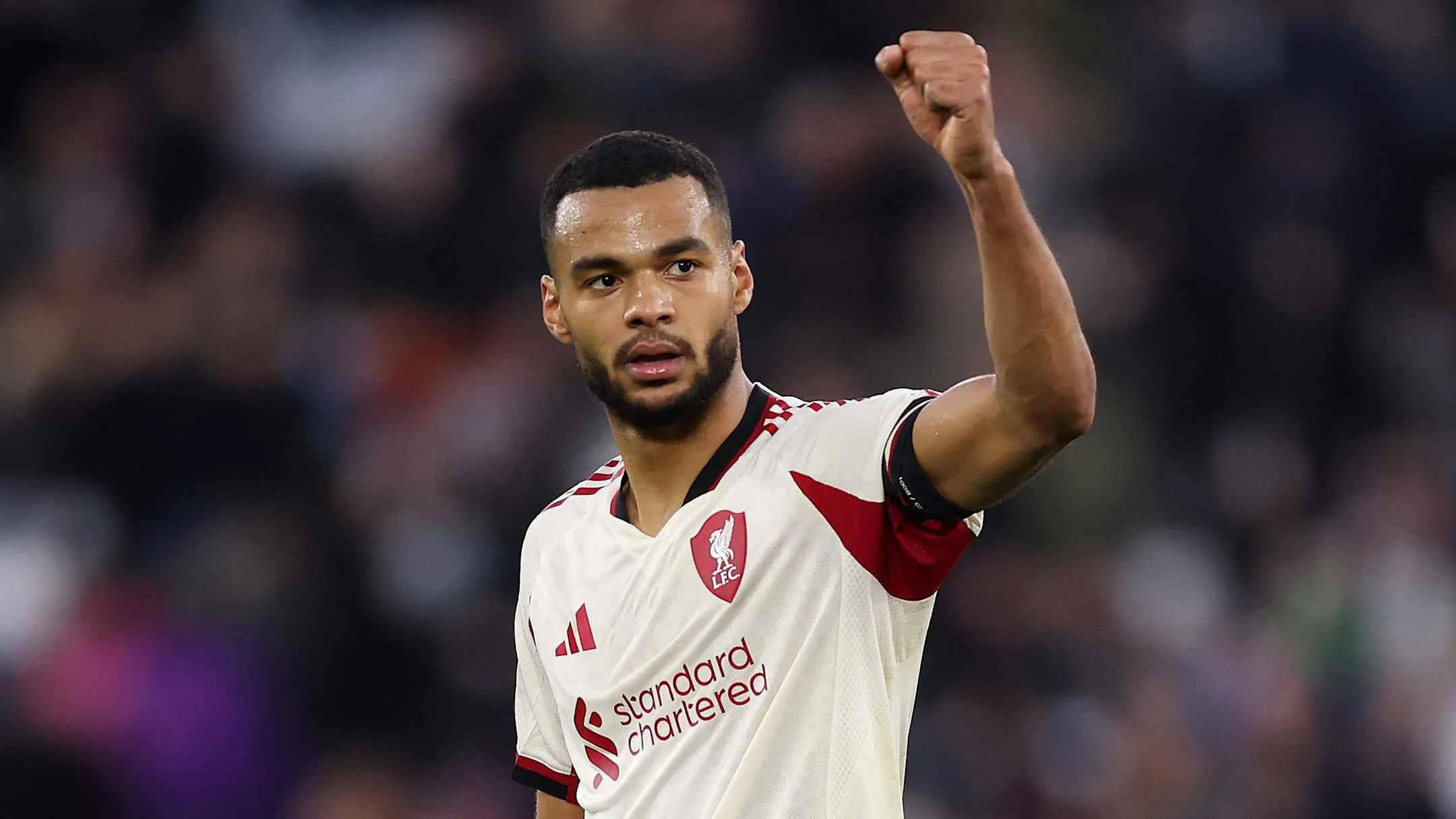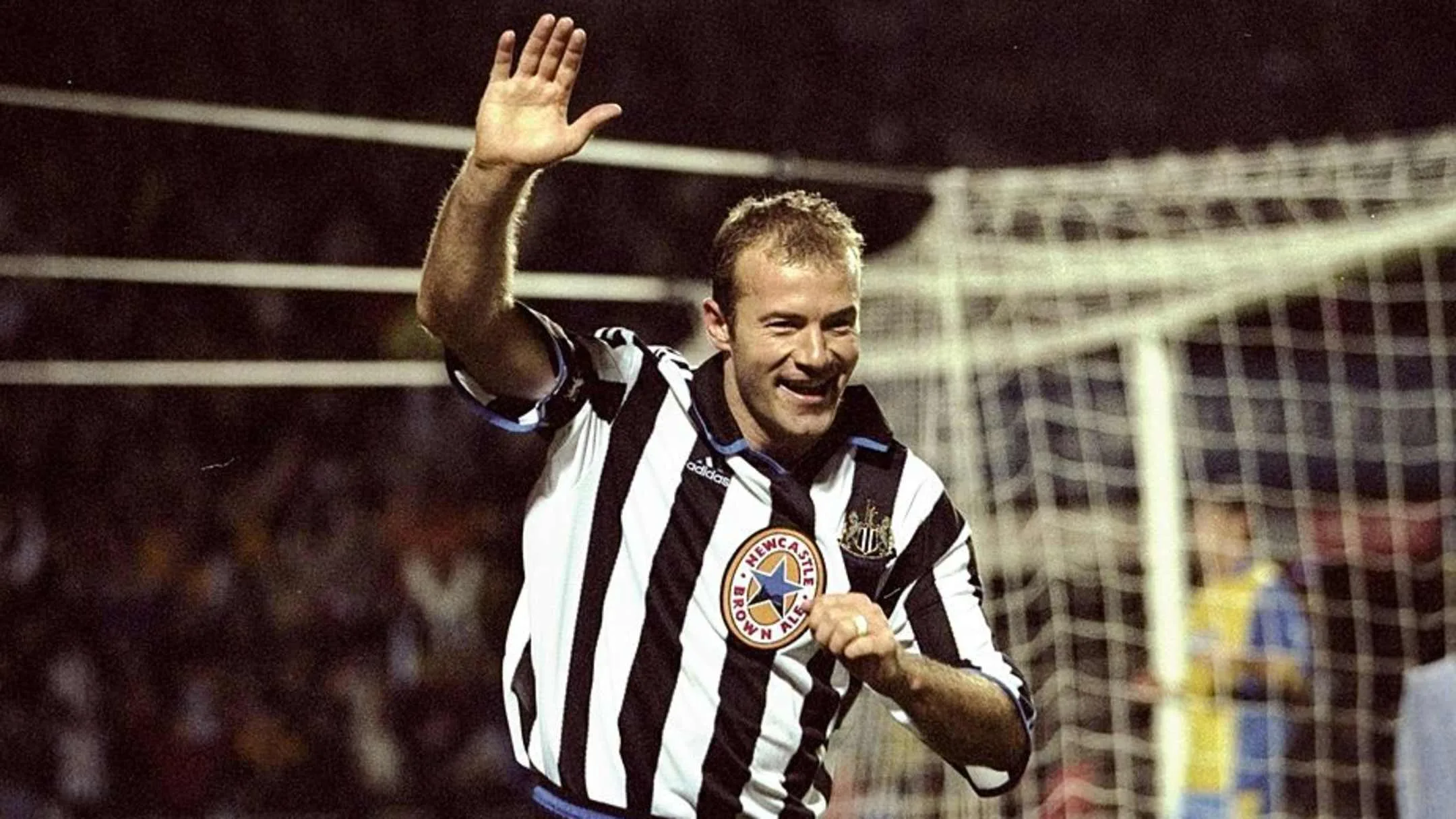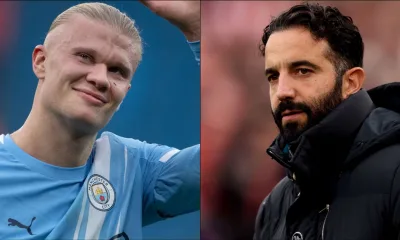Analytics & Stats
CIES Model Names Predicted Champions Across Europe’s Top 15 Leagues for 2025-26
CIES predictions list winners for Europe’s top 15 leagues in 2025-26, showing wide probability spread.

The CIES Football Observatory has applied a statistical model that combines sporting, economic and demographic variables to forecast the winners of Europe’s top 15 divisions for the 2025-26 season. The study focuses on competitions ranked by UEFA coefficient, excluding Norway’s Eliteserien, which began in March.
England’s Premier League remains the continent’s most prominent competition in the dataset. The model gives Liverpool a 28.9% chance to defend their title, with Arsenal forecast as the principal challengers at 18.8%. That 28.9% figure is the third lowest probability among the top 15 leagues in the analysis.
Italy’s Serie A proved difficult to call. Napoli arrive as reigning champions, but Inter are tipped to take the crown, assigned a 25.6% probability despite a change of management over the summer.
In Spain, the CIES model favours Real Madrid to reclaim La Liga. Barcelona, who won the title last season, are given 29.6% compared to Real Madrid’s 40.6%. The report notes the arrival of Xabi Alonso as a factor that could help Los Blancos recover from an underwhelming 2024-25 campaign.
Germany and France appear more predictable. Bayern Munich are projected to win the Bundesliga with a 61.4% chance, while Paris Saint-Germain are heavily favoured in Ligue 1 with a 73.0% probability. The study points out PSG have won 11 of the last 13 French first division titles and that only Red Star Belgrade in Serbia registers a higher single-league percentage in the analysis.
Elsewhere, Feyenoord are backed to reclaim the Dutch title with 28.6%, overturning PSV Eindhoven’s recent run. Club Brugge are expected to surpass Union Saint-Gilloise in Belgium with a 36.3% chance. Sporting CP, Galatasaray, Slavia Prague, Olympiacos, Copenhagen and Basel are each tipped to repeat last season’s triumphs. The model also predicts Legia Warsaw will usurp Lech Poznań in Poland and that RB Salzburg will overthrow Sturm Graz in Austria.
Analytics & Stats
Gameweek 13: Ten standout Premier League performances ranked
FotMob ratings identify the top 10 performers from Premier League gameweek 13 action. Read rankings.

FotMob match ratings provide the framework for this roundup of the 10 best performers from Premier League gameweek 13. The list highlights players whose contributions shaped results across a busy weekend.
Maxim De Cuyper began Sunday’s trip to Nottingham Forest in an unfamiliar position as a winger and finished up front, racing through the centre to fire home Brighton & Hove Albion’s opening goal in a hard-fought victory.
Nottingham Forest’s highest-rated player of the match was midfielder Elliot Anderson, who produced a rich individual display. He created a game-high six chances, won 12 duels and completed six dribbles, leading the match in those statistics.
Aston Villa extended their winning run to five in all competitions with a 1–0 win over Wolverhampton Wanderers. Scotland international John McGinn played the pass that set up Boubacar Kamara’s stunning winner and finished the game with four chances created, the most on the pitch for Unai Emery’s side.
Liverpool’s 2–0 victory over West Ham United featured multiple narratives. Alexander Isak scored his first Premier League goal for the Reds, Florian Wirtz produced one of his best displays of the season, and Lucas Paquetá’s late red card drew attention. Cody Gakpo combined for Isak’s goal with an assist on the hour and then sealed the result with a stoppage-time strike.
Sunderland recovered from two goals down to beat Bournemouth 3–2. Enzo Le Fée converted the penalty that initiated the comeback and later assisted Brian Brobbey for the winning header.
Brentford’s Igor Thiago scored twice in a 3–1 win over Burnley. His tally of 11 goals in 13 games for the Bees is bettered only by the 14 of Manchester City’s Erling Haaland.
Manchester United looked in trouble against Crystal Palace until Bruno Fernandes supplied two assists in quick succession: a free kick for Joshua Zirkzee’s equaliser and another dead-ball delivery that allowed Mason Mount to score the winner. Fernandes now has five assists this season and leads the Premier League in that statistic.
Newcastle United’s 4–1 win over Everton featured strong displays from two young players. Lewis Miley, making only his third start, scored, assisted and produced notable defensive work. Malick Thiaw headed Newcastle in front after 56 seconds and added another header to seal the Magpies’ first away win of the season; he also won six aerial duels and made five headed clearances against Thierno Barry.
Manchester City’s Phil Foden struck twice in a dramatic 3–2 win over Leeds United, scoring the fastest goal of the season at 59 seconds and then the winner a full 90 minutes later. City manager Pep Guardiola reflected: “Phil has that [mentality] … ‘Give me the ball, I want to dribble, I want to score and win the game.’” “He has this ambition and mentality since he was a little boy and I’m happy for what he did. He was the man to win the game.”
Analytics & Stats
Bruno Fernandes Moves Above Paul Scholes in Manchester United Premier League Assists
Bruno Fernandes moved past Paul Scholes to fourth in Manchester United’s Premier League assists list.

Bruno Fernandes moved past Paul Scholes in Manchester United’s Premier League assist standings after registering his 55th and 56th top-flight assists on Sunday. Opta confirmed the milestone, which lifts Fernandes to fourth in the club’s Premier League record books.
The immediate context is clear in the club’s ranked list: Ryan Giggs 162, Wayne Rooney 93, David Beckham 80, Bruno Fernandes 56, Paul Scholes 55. Fernandes now has three club legends ahead of him if he is to become Manchester United’s all-time leader in Premier League assists.
To overtake Ryan Giggs would require a sustained run at Old Trafford. Fernandes would likely have to play the rest of his career at the club to have even the slimmest of chances of passing Ryan Giggs. The Welshman is the league’s all-time assist leader as well, so if Fernandes was to pass Giggs he’d write his name into Premier League folklore at the same time.
Passing David Beckham appears more achievable within a few seasons. Fernandes could pass Beckham with two or three more seasons in the Premier League, so long as his form doesn’t dip. The Portuguese has registered at most 11 assists in a single campaign, doing so in 2020–21 and 2024–25. He’s nearly halfway to matching that mark this season with five in 13 appearances. If he matches his career-high, that would put him 19 away from surpassing Beckham.
Overtaking Wayne Rooney would likely require a couple more seasons, or one stellar campaign in general. The record for most assists in a single Premier League campaign stands at 20, jointly held by Thierry Henry and Kevin De Bruyne.
Fernandes’s future at Old Trafford has been questioned in recent transfer windows. If the club go a different direction at some point, the opportunity to pass Beckham or Rooney could be taken away from him prematurely.
Going clear of Scholes is an achievement in itself given the Englishman’s legendary career. Though, Fernandes likely needs a heap of silverware if he’s going to go down in similar stature to Scholes.
Analytics & Stats
Fastest to 100 Premier League Goals — A Ranked Review
Ten fastest to 100 Premier League goals, from Shearer’s 124 games to those needing 185 appearances..

Only 34 players in Premier League history have reached 100 goals, and the pace at which they arrived has varied dramatically. Alan Shearer’s benchmark still stands. He set the record by scoring his 100th Premier League goal in his 124th appearance back in December 1995.
That benchmark looks vulnerable. Erling Haaland, the Manchester City talisman, has won two Premier League golden boots in his three full seasons in England and is one goal away from reaching the century mark. With just 109 Premier League games to his name, and having failed to topple Shearer’s record in the most fitting of fixtures against Newcastle United, it seems only a matter of time before the Norwegian joins the 100-goal club.
Below are the ten quickest players to reach 100 Premier League goals, listed with the number of appearances and the clubs they represented in the competition.
1. Alan Shearer — 124 appearances — Blackburn, Newcastle United
2. Harry Kane — 141 appearances — Tottenham Hotspur
3. Sergio Agüero — 147 appearances — Manchester City
4. Thierry Henry — 160 appearances — Arsenal
5. Mohamed Salah — 162 appearances — Liverpool
6. Ian Wright — 173 appearances — Arsenal
7. Robbie Fowler — 175 appearances — Liverpool
8. Les Ferdinand — 178 appearances — Queens Park Rangers, Newcastle United
T-9. Michael Owen — 185 appearances — Liverpool
T-9. Andrew Cole — 185 appearances — Manchester United, Newcastle United
Harry Kane reached his 100th Premier League strike in his 141st game for Tottenham Hotspur. Before Haaland emerged at City, Sergio Agüero commanded Manchester City’s attack and reached the century in 147 appearances, the fourth-fastest on this list. Many consider Thierry Henry the greatest Premier League player of all time; he required 160 games to reach 100. Mohamed Salah joined the club in 162 matches. Ian Wright and Robbie Fowler, two of the most prolific forwards of the 1990s, reached the mark in 173 and 175 games respectively. Les Ferdinand is the only other player to reach 100 inside 180 appearances, doing so in 178 games.

















